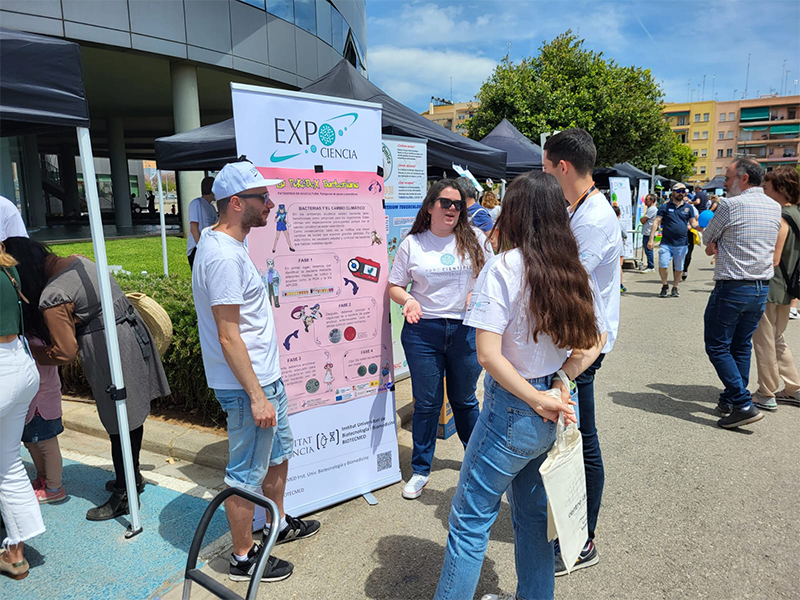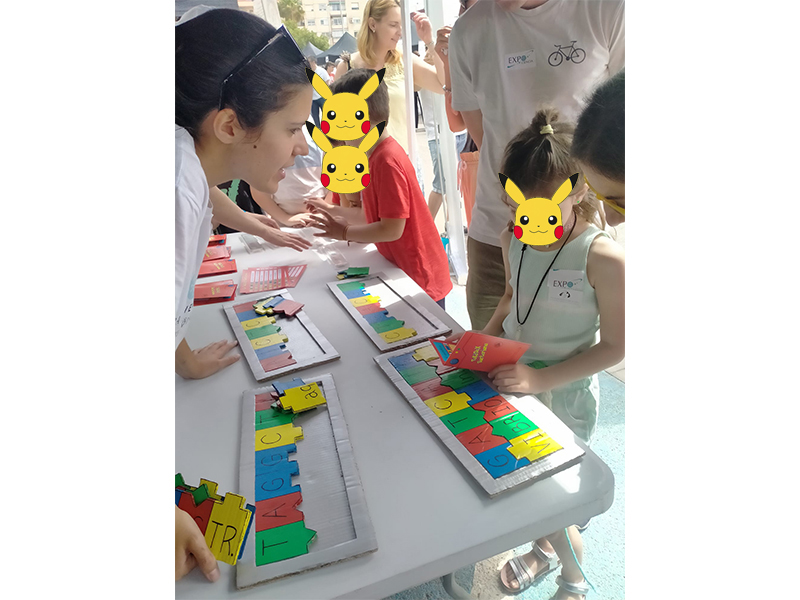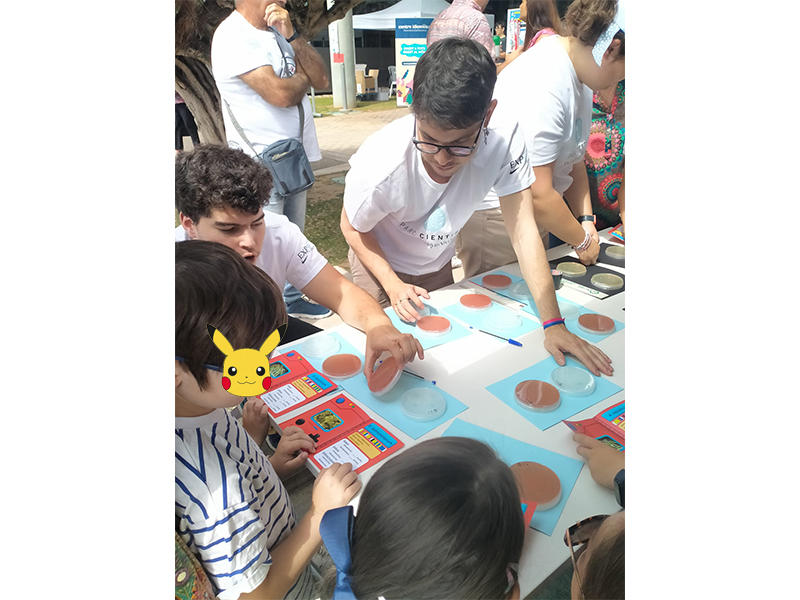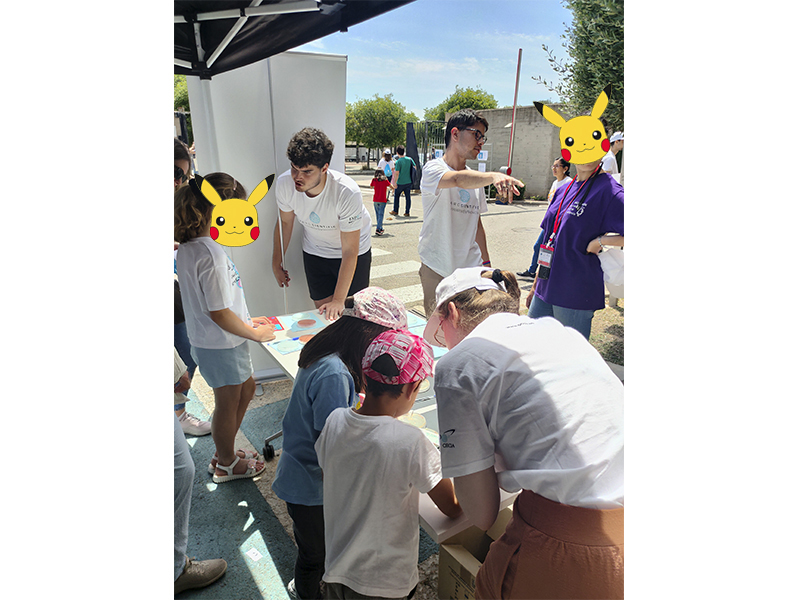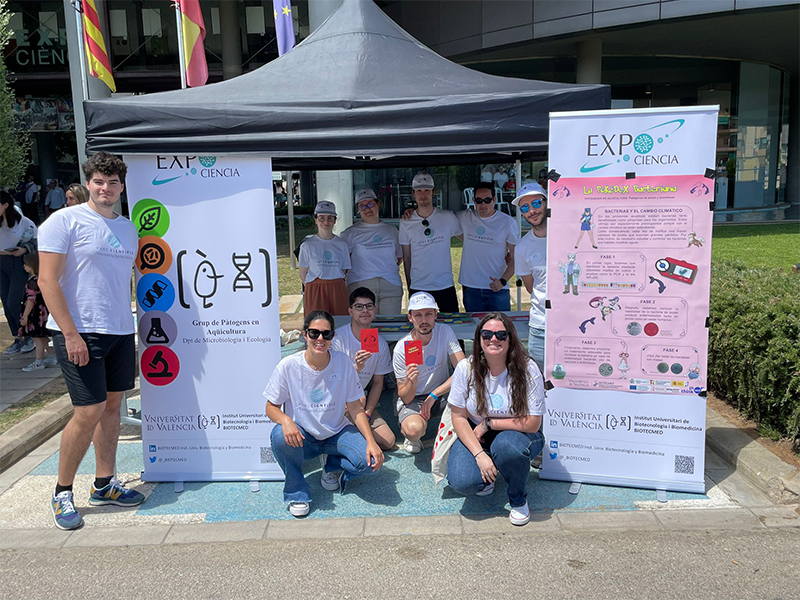
Expociència celebrates 15 years accustoming citizenship to the general public, demonstrating that it is for all audiences, fascinating, very diverse, and above all, fun. Our group participated for the second consecutive year, with two activities that guided visitors through the process of identification and study of different bacteria through the use of a "Pokédex bacteriana".
Last Saturday, March 6th was held the 15th edition of Expociencia, a day dedicated to the dissemination of scientific knowledge in which several research groups participated, with more than 100 activities for all audiences.
This year, our group participated again in this day. Two complementary activities were prepared to guide visitors in a simple and comprehensive way through the process of identifying different bacteria, pathogenic or not, with the added attraction for the little ones to complete a "bacterial Pokédex" (because if there is something cooler than science, it is video games).
In these two activities, called "The bacterial Pokédex: Identify the bacterium" and "The bacterial Pokédex: Study the bacterium", the members of the group explained in an accessible and entertaining way the most used techniques in microbiology laboratories for the detection and identification of bacteria, as well as the characterization of their pathogenic potential and resistance to antibiotics.
The first activity consisted of a general explanation of the complete identification and characterization process, by means of a simple poster hung at the entrance of the tent. In this way, visitors began the most interactive part of the activity with a knowledge base that facilitated the understanding and assimilation of more specific concepts. They were then given a Pokédex of their choice, with which they could choose between four different species of poke-bacteria: Vibrio vulnificus, Clostridium botulinum, Aquaspirillum aquaticum and Vagococcus salmoninarum.
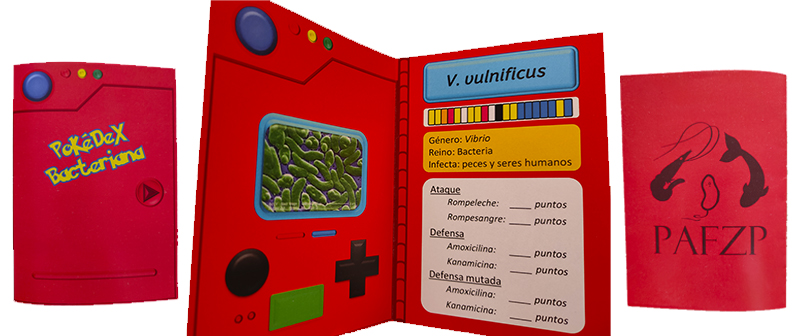
Once they had chosen their species, group members explained to them how to identify and confirm the species using API strips and a PCR-puzzle. With these API strips, which show the biochemical profile of each species, they had to confirm their species of choice by comparing the color pattern that appeared in their Pokédex with that of the strip in real time. On the other hand, with PCR they also confirmed that they had correctly identified their species by completing a puzzle containing a DNA sequence characteristic of each species.

With the species identified and confirmed, it was time to characterize its pathogenic capacity, or in our case, to calculate its attack and defense stats in the second activity. This attack was calculated by counting the number of bald spots on milk-agar (Milk-agar attack) and blood-agar (Blood-agar attack) plates. In this way, the bacteria's ability to degrade ("break down") different compounds for food, just as humans do, was explained to them.

On the other hand, the defense was studied on antibiogram plates, measuring the diameter of the bald spot around an antibiotic tablet. They explained exactly what antibiotics are and what they are used for, and on this last point they also emphasized the need for their responsible use, since they also measured a special defense, or mutated, where the bald spots were smaller and the bacteria, therefore, more resistant to antibiotics.
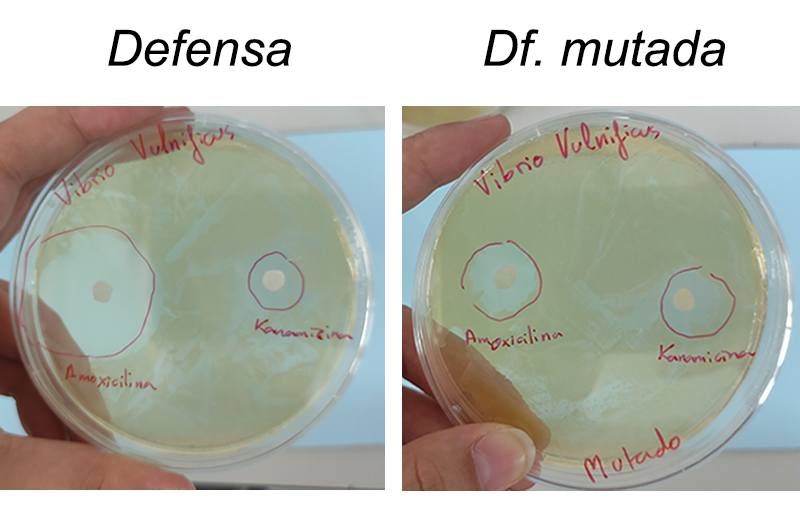
Finally, the whole activity ended with the visualization of bioluminescent bacteria, grown on agar plates and shaped like pokémon, to demonstrate that not all bacteria are bad (and that the researchers in the group are freaks at heart).
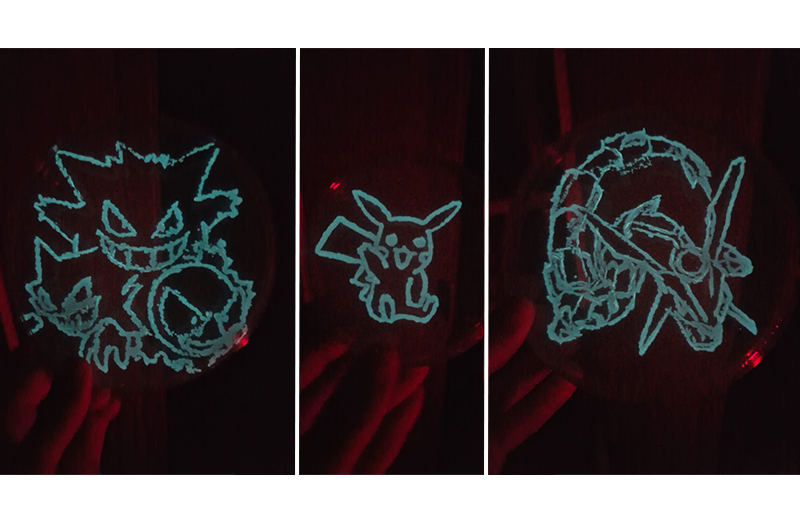
It should be noted that the careful planning and preparation of the activities, as well as their entertaining and fun approach made the bacterial Pokédex a success among Expociencia 2023 visitors, who did not stop coming to the tent from the opening of the venue until the very end of the day.
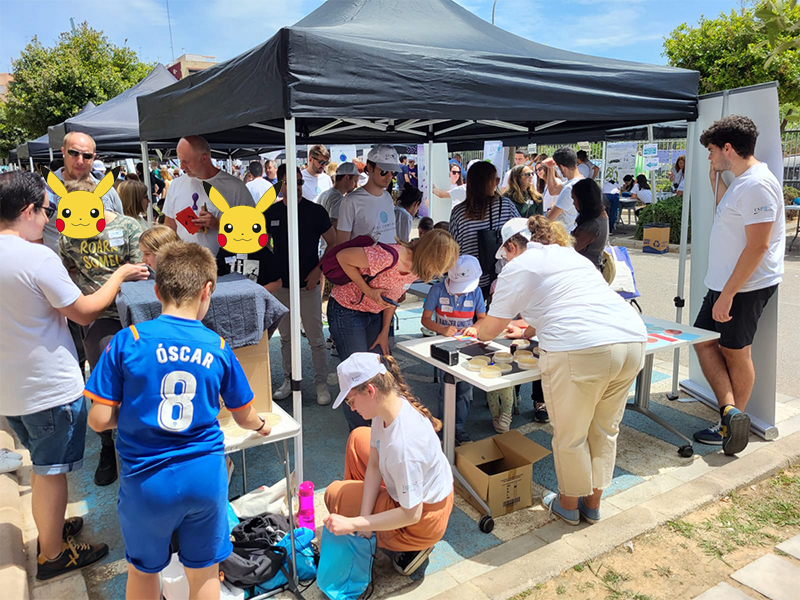
Likewise, all members of the group applied themselves to 120% to explain their assigned activities in the best possible way, and visitors responded with great interest and attention, making the day a success for the dissemination of scientific knowledge and the rapprochement between the general public and researchers.
Images:

